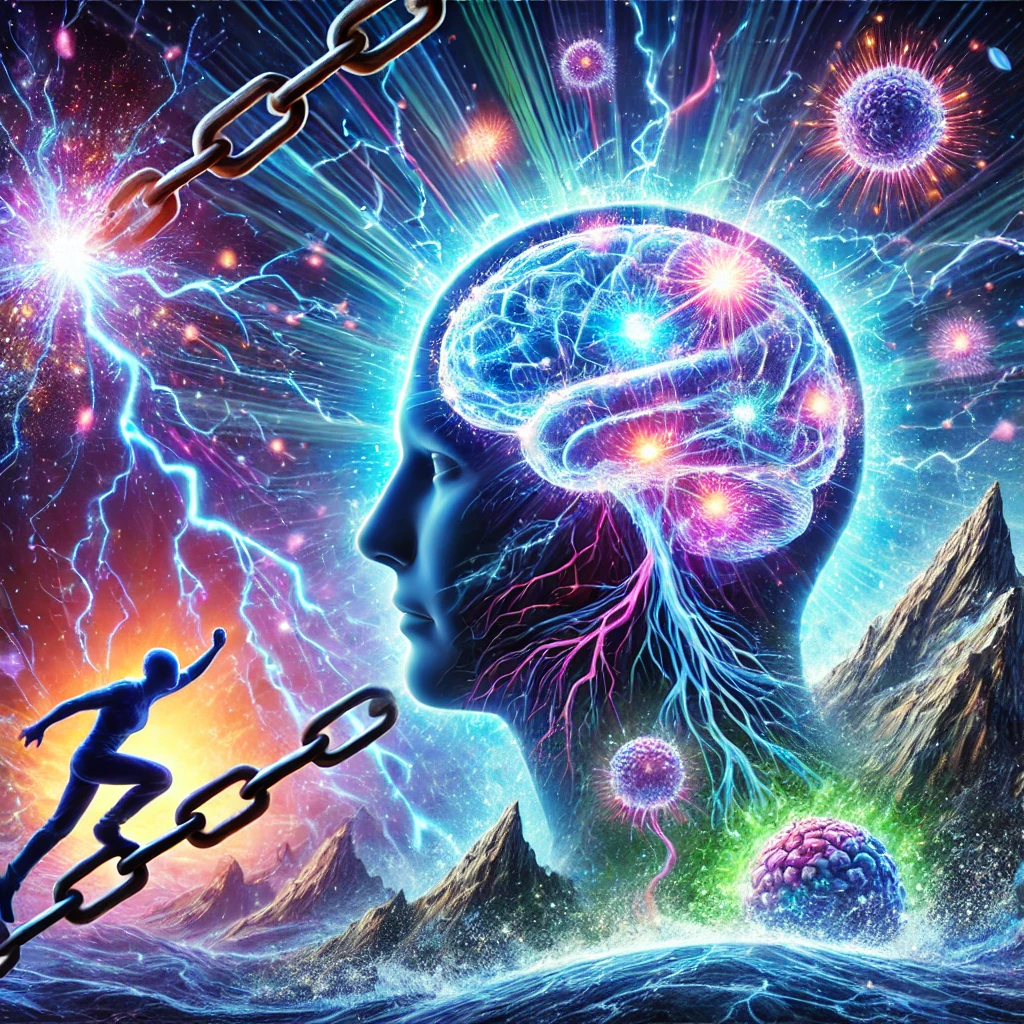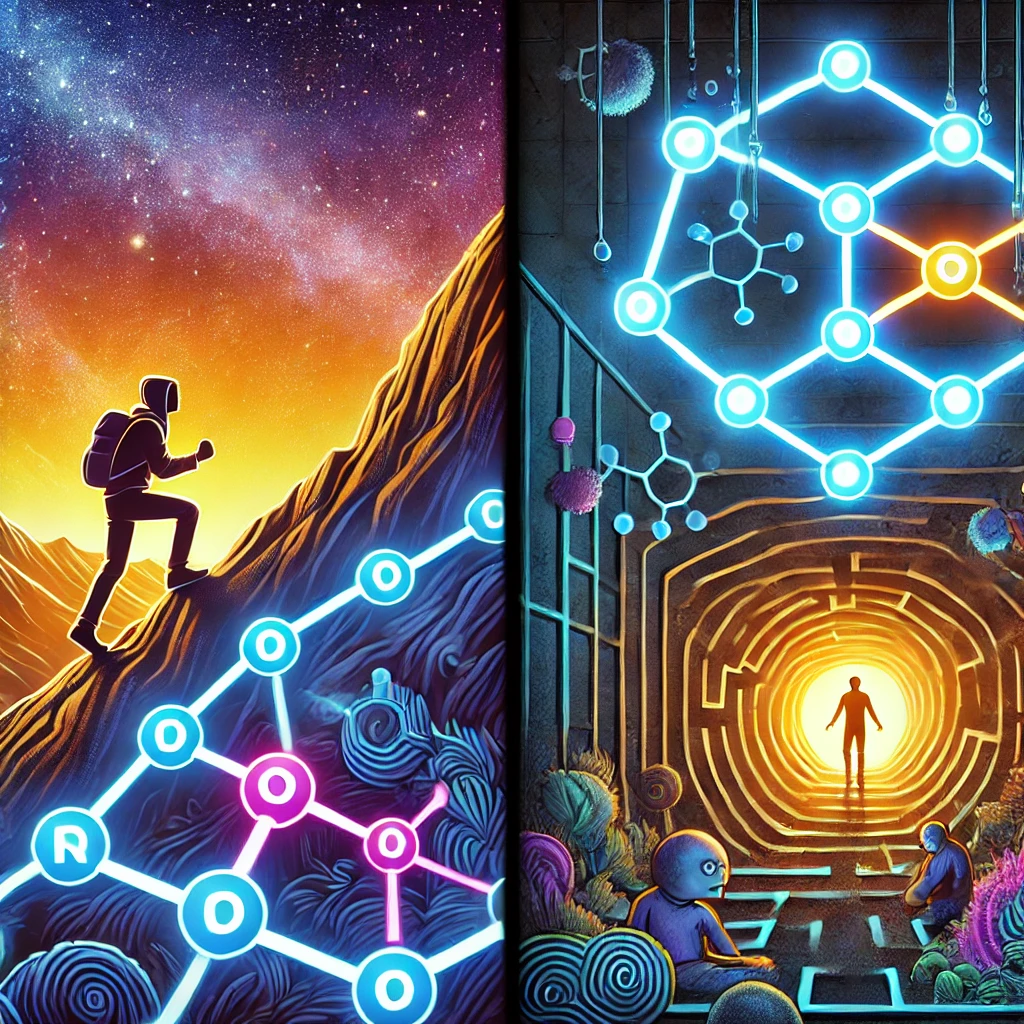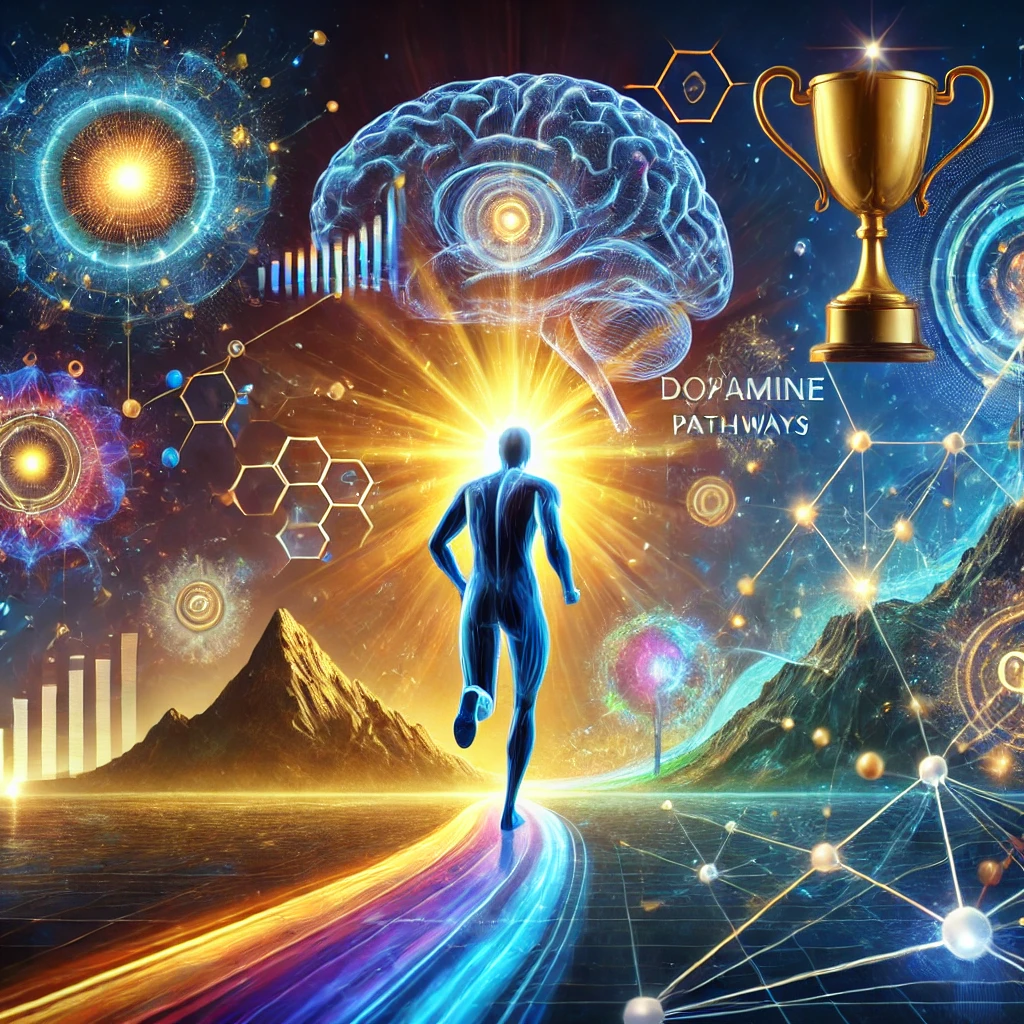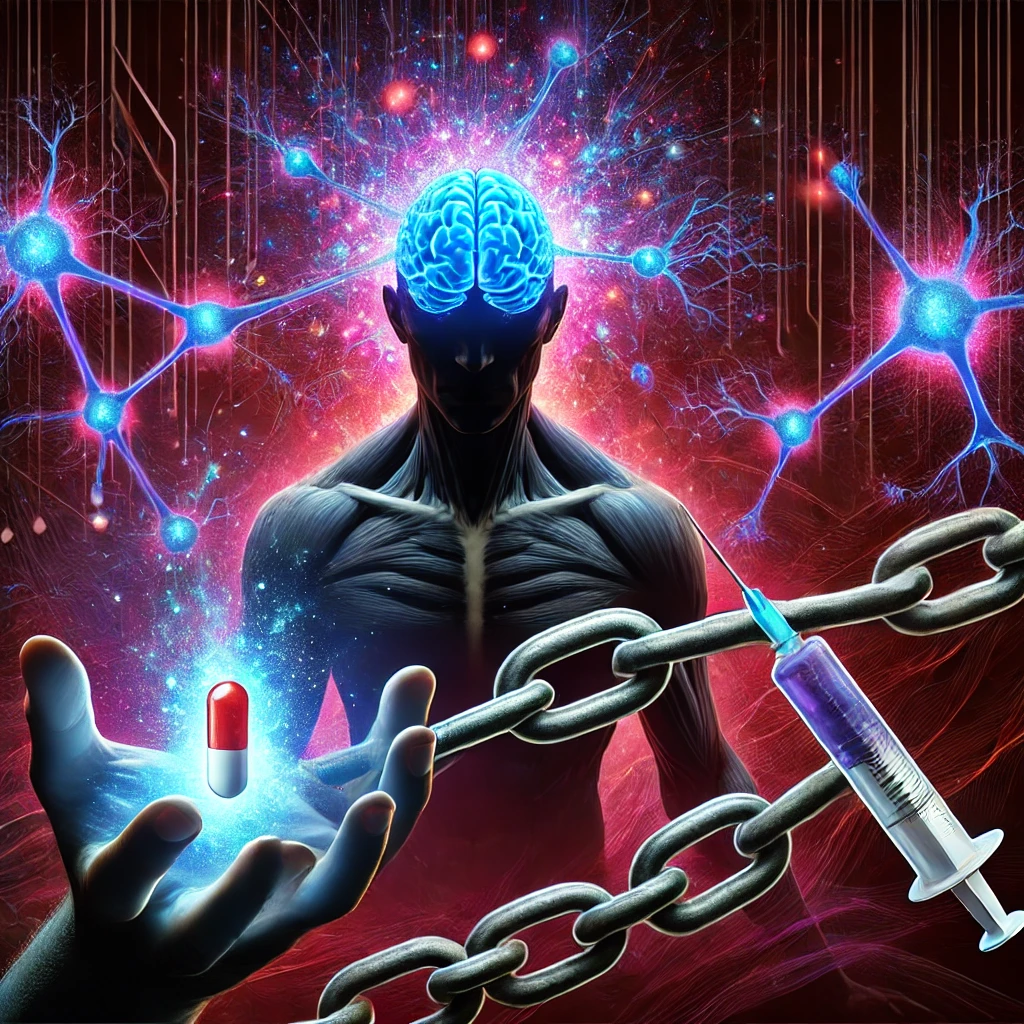
Introduction
Dopamine, a neurotransmitter commonly associated with pleasure and reward, plays a crucial role in shaping human behavior. It is fundamental in driving motivation, reinforcing habits, and contributing to addiction. Understanding the impact of dopamine on motivation and addiction provides valuable insights into behavioral patterns, mental health, and strategies for overcoming addictive behaviors.
What is Dopamine?

Dopamine is a chemical messenger in the brain responsible for transmitting signals between nerve cells. It is involved in several key functions, including movement, mood regulation, learning, and, most notably, the brain’s reward system.
Dopamine and Motivation

Motivation is the driving force behind goal-oriented behavior, and dopamine plays a pivotal role in fueling it. When we anticipate a reward, dopamine levels rise, encouraging us to take action to achieve a desired outcome. This process is crucial in:
- Goal-Directed Behavior: Dopamine increases when pursuing objectives, helping maintain focus and perseverance.
- Reinforcement Learning: Positive reinforcement strengthens behaviors through dopamine release, making individuals more likely to repeat rewarding actions.
- Intrinsic and Extrinsic Motivation: While intrinsic motivation arises from personal satisfaction, extrinsic motivation depends on external rewards, both of which involve dopamine activity.
The Connection Between Dopamine and Addiction

Addiction occurs when the brain’s reward system becomes hijacked by substances or behaviors that cause excessive dopamine release. This leads to compulsive behavior, reinforcing the cycle of addiction. Key aspects include:
- Overstimulation of the Reward System: Drugs, gambling, and social media can artificially elevate dopamine levels, creating intense pleasure.
- Tolerance and Dependence: Over time, the brain reduces its dopamine production, requiring more stimuli to achieve the same effect, leading to dependency.
- Withdrawal and Cravings: When dopamine levels drop, individuals experience withdrawal symptoms, reinforcing addictive behaviors.
The Role of Dopamine in Different Types of Addiction
1. Substance Addiction

Drugs such as cocaine, methamphetamine, and opioids flood the brain with dopamine, creating powerful reinforcement mechanisms that drive compulsive use.
2. Behavioral Addictions

Activities such as gambling, gaming, and social media use can trigger similar dopamine-driven reward responses, leading to problematic behavioral patterns.
3. Food and Sugar Addiction

Highly palatable foods, especially those high in sugar, can stimulate dopamine release, encouraging overeating and unhealthy eating habits.
How to Manage Dopamine for Healthy Motivation
1. Engage in Natural Dopamine-Boosting Activities
- Regular exercise
- Healthy diet (rich in protein and probiotics)
- Meditation and mindfulness practices
2. Set Realistic Goals
Breaking large tasks into smaller milestones provides frequent dopamine releases, enhancing motivation.
3. Limit Artificial Dopamine Triggers
Reducing excessive screen time, substance use, and processed food consumption helps maintain a balanced dopamine system.
Conclusion
Dopamine is essential in regulating motivation and reinforcing behaviors. However, its overactivation through addiction can lead to detrimental consequences. By understanding dopamine’s role, individuals can adopt healthier habits and strategies to maintain a balanced and fulfilling life.







Leave a Reply